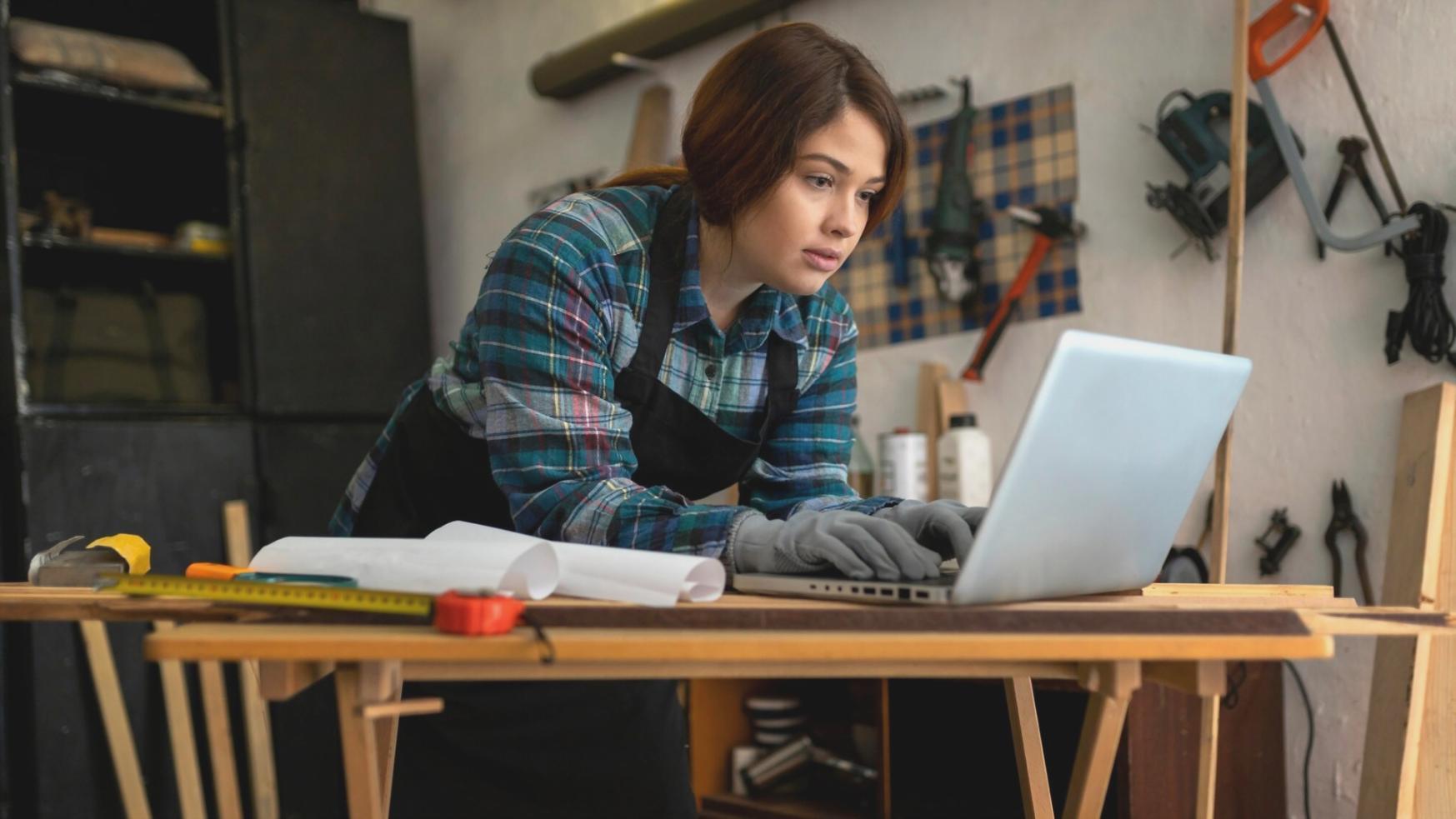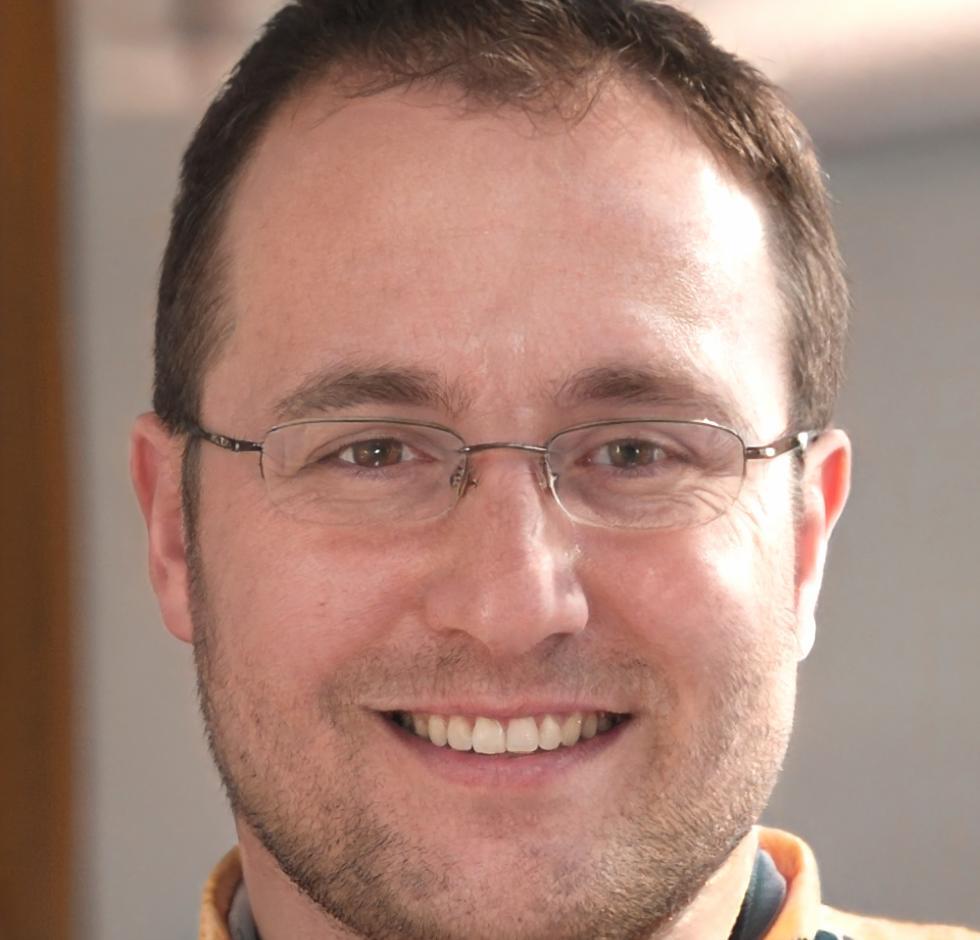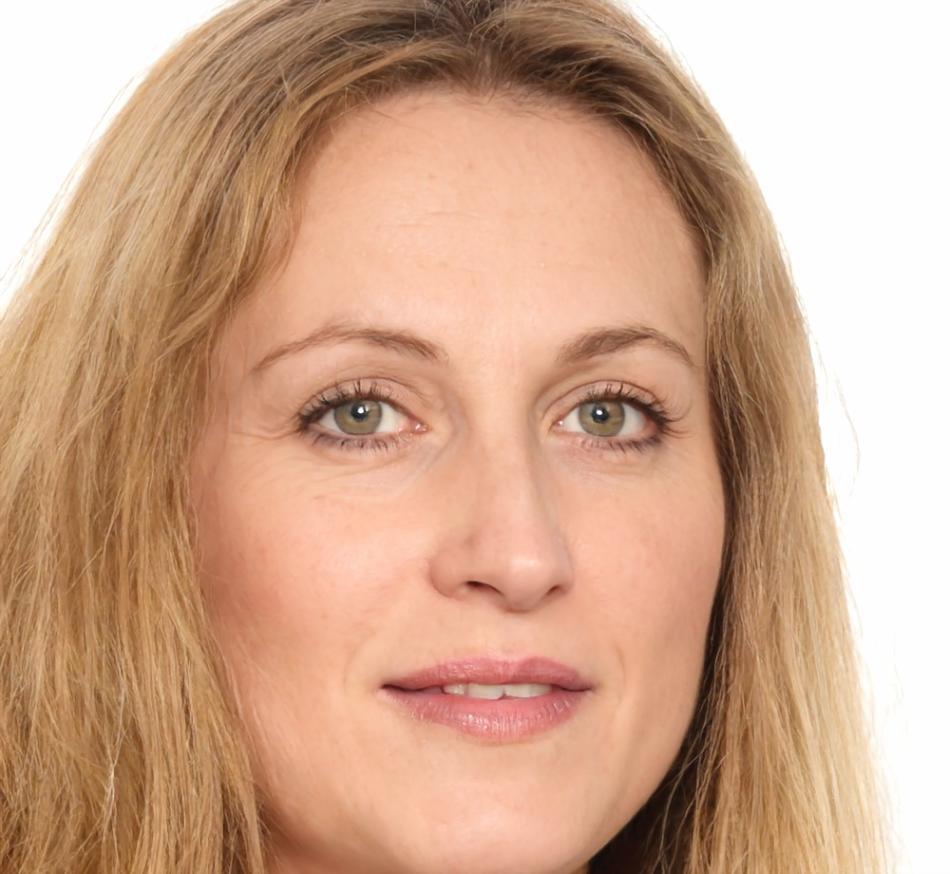Learning What Actually Works in 2025
We stopped teaching theory for theory's sake around three years ago. These days our focus is on what people can actually build and ship after they finish a program.
Game development education shouldn't feel like reading documentation for six months. You'll work on real mechanics, build things that break, fix them, and understand why the solutions work the way they do.
Programs Starting Autumn 2025 Through Early 2026
We're running smaller cohorts this year because honestly, quality matters more than filling seats. Each program caps at 18 people.
Core Mobile Game Mechanics
You'll spend 12 weeks building the foundation—input systems, physics loops, state management. Not the flashy stuff, but the parts that make everything else possible. Last cohort shipped 23 working prototypes by week ten.
- 12 weeks duration
- Tuesday and Thursday evenings
- Works with Unity or native frameworks
UI Systems and Player Experience
Interface work is where most mobile games fall apart. We'll cover responsive layouts, touch targets that actually work on different devices, and feedback systems that feel good. Also—how to handle the stuff that goes wrong.
- 10 weeks focused work
- Weekend intensive format
- Portfolio project included
Performance and Optimization Strategies
This is where you learn why your game runs fine on your test device but crawls on a two-year-old phone. Memory management, rendering pipelines, and making things run smoothly on hardware you don't own.
- 8 weeks intensive
- Requires previous programming experience
- Real device testing labs
Advanced Multiplayer Architecture
Networking for games is its own beast. You'll work through client prediction, server reconciliation, and dealing with spotty mobile connections. Fair warning—this one's challenging.
- 14 weeks extended program
- Small group of 12 maximum
- Requires completed foundation course
How the Learning Process Actually Happens
Most weeks you'll get two focused sessions. We work through a specific challenge, break down why certain approaches fail, and then you build something that demonstrates the concept.
Between sessions, you've got access to lab time if you get stuck. People use it—about 60% of each cohort shows up for extra help at some point.
Projects come from real scenarios we've seen in production. You won't spend time on contrived examples that teach bad habits.

Who's Teaching These Programs
Both of our lead instructors work on active projects. They're teaching what they're currently using, not what was popular five years ago.

Marcus Hendrickson
Technical Lead, Mobile Architecture
Marcus spent seven years building casual games that people actually played. He has strong opinions about architecture patterns and will probably tell you why your first idea won't scale. In a helpful way.

Diana Kowalski
Senior Developer, Performance Engineering
Diana's the person you want when your frame rate drops and you don't know why. She's been optimizing mobile games since devices had 512MB of RAM, and she's very good at explaining complex rendering issues.
What Happened with Previous Cohorts
We track outcomes because it keeps us honest about what's working and what needs adjustment. Here's where students from 2024 programs ended up.
Students completed programs in 2024
Working on game development projects within 8 months
Shipped commercial projects to app stores

Equipment and Tools You'll Need
You need a computer that can run a development environment without thermal throttling. A mid-range device from the last three years usually works fine.
For testing, you'll need at least one physical mobile device. We have a device lab with about 15 different phones and tablets you can borrow, but having your own makes iteration faster.
Software-wise, we'll help you set up what you need during the first week. Most tools are free or have student licenses.
Application Process and What to Expect
Applications for autumn programs open in June 2025. You'll submit some basic info and a short technical assessment—nothing scary, just enough to see where you're starting from.
We usually schedule a 20-minute conversation after that. It helps us understand what you're trying to accomplish and whether a specific program fits your timeline.
Decisions go out within a week. If spots fill up, we maintain a short waitlist because people's plans change.
